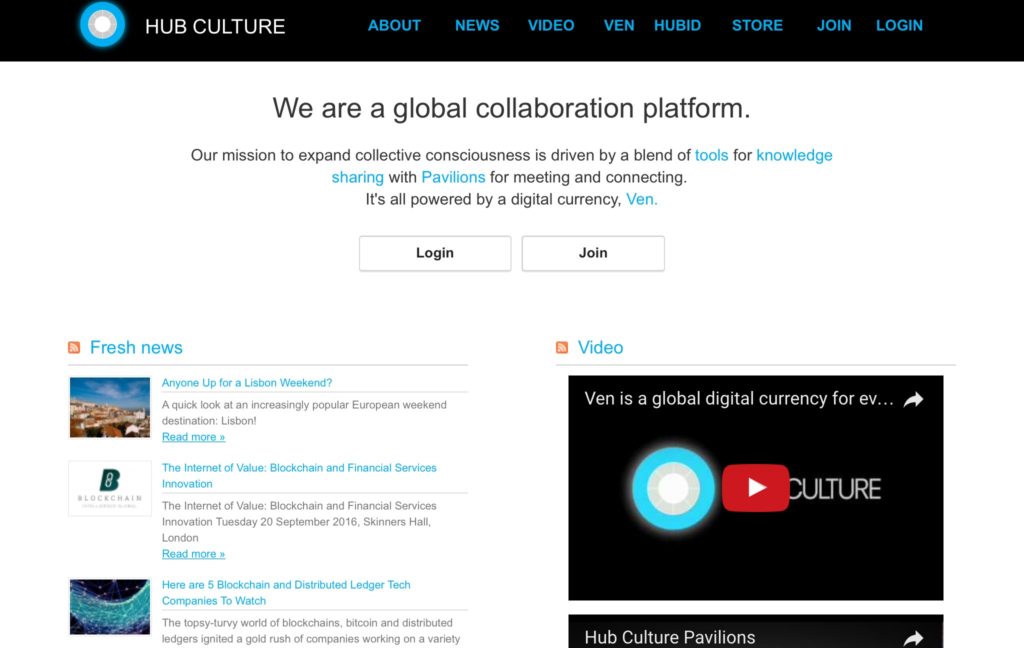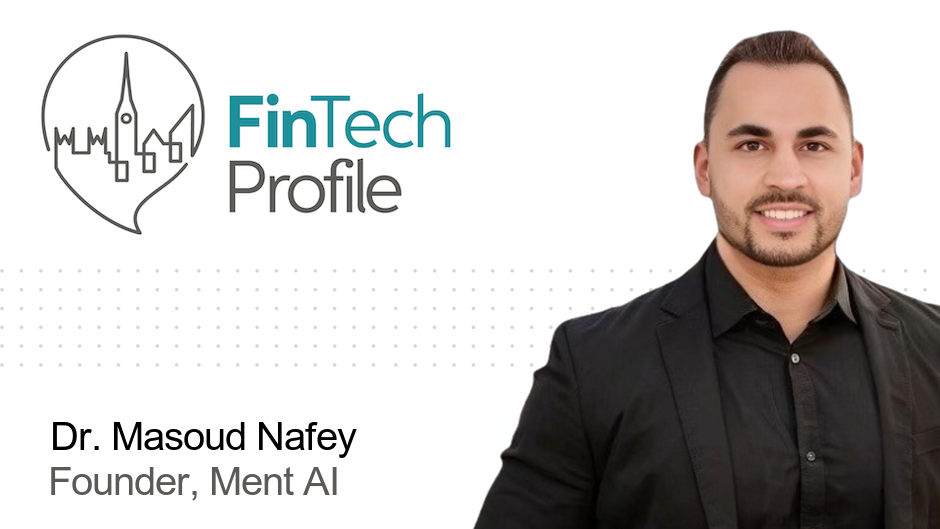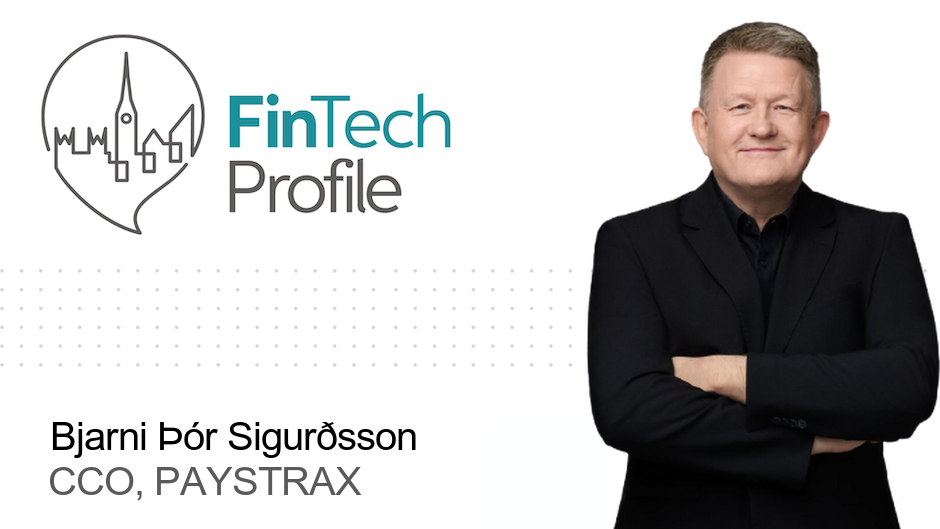Stan Stalnaker of Hub Culture

Today’s profile is with Stan Stalnaker of Hub Culture.
They are a global collaboration platform, digital currency and identity.
Our questions are in bold.
– – – – –
Who are you and what’s your background?
I am the Founder and Chief Strategy Officer of Hub Culture, the global collaboration platform managing the Ven digital currency, HubID identity system and Pavilions – great places to meet and connect. Together these services enable our 30,000 members to live and work in new ways. As the first major digital currency and the only asset backed digital currency, Ven is at the heart of cutting edge fintech, enabling our members and those in the markets to exchange value rapidly and securely.

What is your job title and what are your general responsibilities?
I’m the Chief Strategy Officer, and my role is to guide the strategic development of the Group’s products and services, creating value enhancing and revenue driving applications complementary to our core platform. I interface with strategic partners and oversee the financial roadmaps for scaling these products and services with our in- vestors, members and partner-customers.
Can you give us an overview of your business?
Our business is focused around HubCulture.com and Ven.Money – part of an ecosystem of services across 9 different websites. The ecosystem provides a range of capabilities servicing the Hub Culture community – a network of globally minded mem- bers. We operate spaces for these members to meet and connect in Pavilions and places around the world, and enable value creation through services, including Ven and HubID. Ven enables frictionless value exchange worldwide, and functions as our monetary system. HubID verifies identity and provides security around data and data storage for the members.
Tell us how you are funded.
Hub Culture is primarily funded through revenue from operations, and a network of over 40 private investors and family offices make up investor base from the company’s initial investment round in 2008.
Why did you start the company? To solve what problems?
Hub Culture began in 2002 on the heels of a book I wrote (Hub Culture: The Next Wave of Urban Consumers) that explored the social impact of globalization. Wesaw a need to provide services to this influential group of people, and the need for a service to connect these people around opportunities and value creation. From the first coworking spaces, networking events and deal arbitrations beginning in 2004 we discovered that a global currency could assist the community in completing the last mile of transactions in an efficient way, and so we built a payment system using alternative currency into the community in 2007. From there, Ven took on a life of its own and became the first end-to-end alternative payment network in the world. By 2014, the regulatory and legal implications of Ven’s success required us to rethink identity veri- fication, and from this, HubID became part of the offering. Now we are looking at audits, machine to machine trading and virtual intelligence as the next frontiers for the ecosystem.
Who are your target customers? What’s your revenue model?
The bulk of Hub Culture’s revenue comes from ecommerce and margin comissions on deals in the community – a fairly standard model for online businesses not reliant on advertising revenue. As Ven and HubID grows, there are new monetization aspects around financial services, trading arbitrage and identity management services.

If you had a magic wand, what one thing would you change in the banking and/ or FinTech sector?
The combination of consumer adoption and regulatory roadblocks top the list of desired changes in the industry. The big financial players, especially banks, benefit greatly from the regulatory hurdles placed in front of smaller or newer technologies, preventing them from accessing downstream financial services and connections to legacy infrastructure. The sheer size of the these institutions promotes a policy of risk reduction which is of course sensible, but which makes it difficult for the institutions themselves to onboard new technologies or partners in a meaningful way. Almost across the board, a startup needs to go its own way for a long time before attracting significant support from large financial services companies.
What is your message for the larger players in the Finance industry?
The pace of change in financial services is accelerating, and there are great opportunities for large players to find efficiencies and new ways of doing things with emerging technologies. Incubation and partnership programmes can go a long way toward surfacing this information in your organization.
What phone are you carrying and why?
I carry two iPhones, and a Galaxy S7 Android – we have to constantly test our Ven Money application, and iterate for changes. The iPhones are my personal and a roving company phone for social media, each with US and European numbers.
Where do you get your industry news from?
I’ve been reading Apple News much more – its become a default news source for when I’m on the move because everything is right there, and you can curate a variety of news sources direct to the feed. Other than that – Twitter and Facebook are huge – few people have the time to navigate directly to news websites anymore. As for TV – I don’t own one. I do religiously buy Vanity Fair to keep up with the softer side of the
world however. They have surprisingly good and indepth fintech coverage on occasion, and their annual New Establishment list is a vital on the strategy front.
Can you list people you rate from the FinTech sector that we should be following on Twitter?
CBInsights – the best coverage of VC and fintech out there – amazing data resource
Faisal Khan – @babushka99 – major writer and influencer on fintech
Can you suggest the name of an Angel Investor or VC that might be interested in being profiled?
Jason Ball Qualcomm Ventures Europe Fin & Tech MD.
What’s the best FinTech product or service you’ve seen recently?
The new Ven Money app, available on Android and IOS – allows for global value exchange instantly to any phone number or email address. It’s the first time we’ve pushed Ven out of the Hub Culture ecosystem with a stand-alone interface, so we’re excited about the potential it presents. I’m also a Fan of Transferwise – saves money on FX transactions between banks, and Ethereum is an incredible game – changing technology for those interested in blockchain and distributed ledger technologies.
Finally, let’s talk predictions. What trends do you think are going to define the next few years in the FinTech sector?
The big areas of transformation in Fintech going forward are based around distributed ledgers and artificial intelligence. The first is likely to transform the back-end of the financial system infrastructure, and in many ways the front end will be affected by AI. The result is a much more robust, dynamic and secure infrastructure that will feel more personalized, friendly and niche. Together, I expect new companies to deliver social financial services in collaborative ways, upending everything from insurance to trade finance. The tools are there for a new financial infrastructure that is highly scalable and consumer oriented, which means there are great bounties out there for both old and new players alike.
– – – – –
Thanks to Stan for his answers today. You can find out more about Hub Culture on their website, twitter and linkedin.
If you would like to receive email updates whenever we publish, sign up to our Newsletter. You can unsubscribe at any time and we will never use your email for anything else.
If you’ve any suggestions for hot FinTech companies (startup, or established ventures) that we should be profiling, or have an opinion piece to offer, or a FinTech related event you’d like to tell us about, have a look here for more details.





